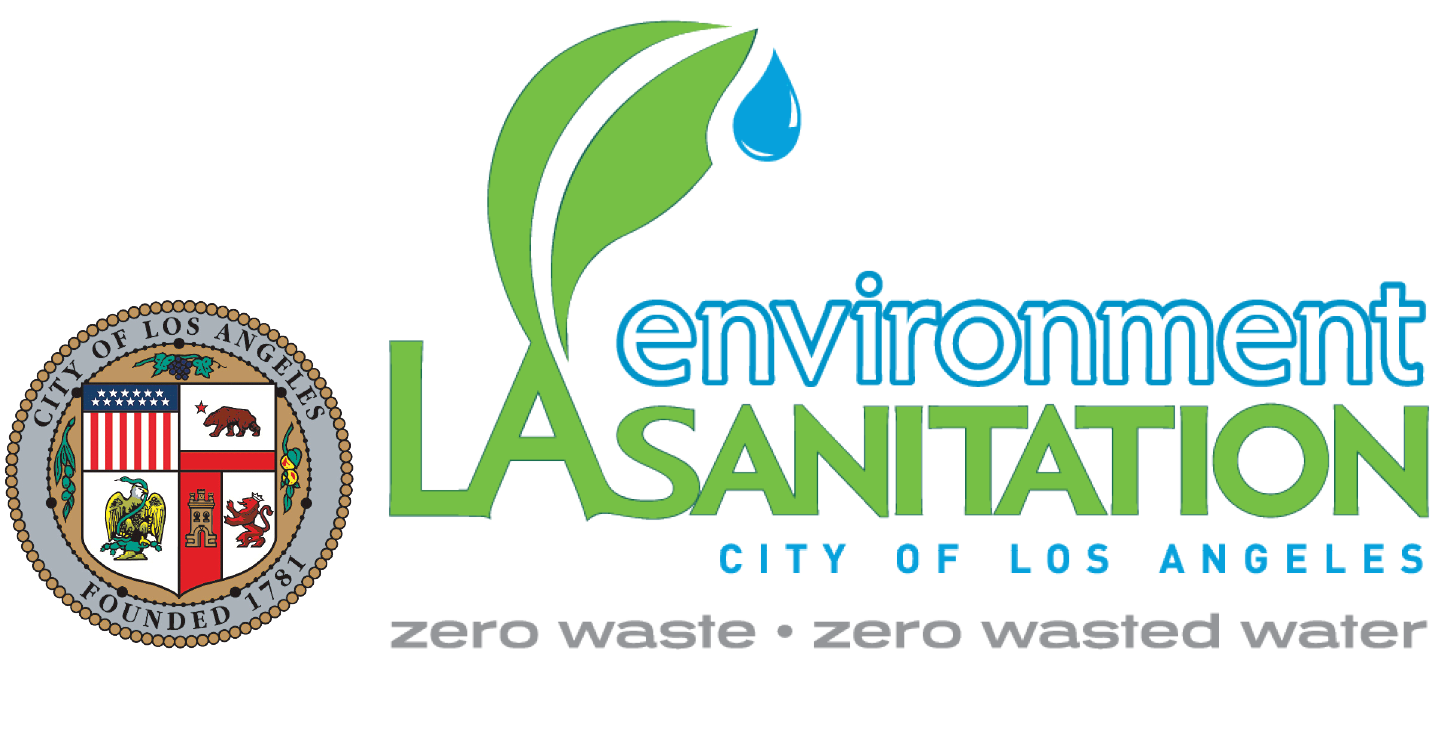Compound Information
What is it?
- Hydrogen sulfide is a colorless, flammable gas with a rotten egg odor. It can be smelled at very low concentrations in air, at least 1,000 times below the level that would cause eye and lung irritation.
Where does it come from?
- There are natural and man-made sources of hydrogen sulfide. Natural sources of hydrogen sulfide include emissions from geothermal fields, volcanic gases, and the breakdown of animal and plant wastes. Because of the latter, hydrogen sulfide is present in emissions from swamps, sewers, sewage treatment facilities and landfills. Hydrogen sulfide occurs naturally in crude oil and natural gas depending on the level of sulfur in the source. Crude oil with a low concentration of sulfur is often referred to as “sweet crude,” and oil with a higher level of sulfur is known as “sour crude.” Common sources of hydrogen sulfide emissions at refineries are associated with the transfer, storage, and processing of crude oil and the combustion of natural gas.
Why measure it?
- Because hydrogen sulfide can be smelled at such low levels, its measurement can help identify potential leaks in order to address community odor concerns.
How might it affect my health?
- Hydrogen sulfide at high levels can cause watery eyes and/or induce symptoms related to the loss of sense of smell, including headache, nausea, or vomiting. At extremely high levels, hydrogen sulfide can be deadly, particularly in enclosed spaces—the gas is heavier than air and interferes with our ability to breathe oxygen.
Where can I learn more?
CDC has a hydrogen sulfide “ToxFAQs” fact sheet.
Potential Sources of Hydrogen Sulfide
